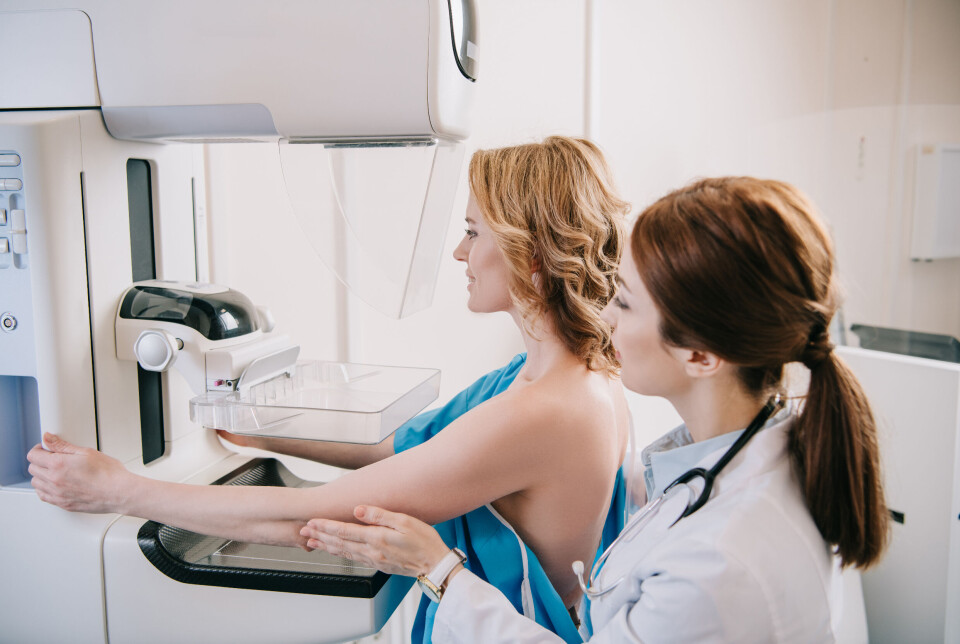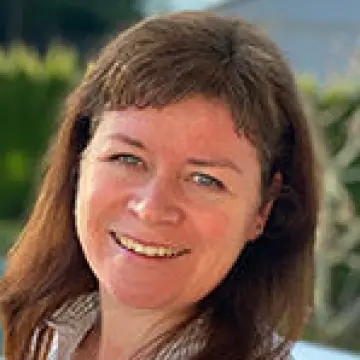THIS ARTICLE/PRESS RELEASE IS PAID FOR AND PRESENTED BY University of Oslo - read more

Women know little about breast cancer overdiagnosis
Despite this, there are few indications that women drop out of mammographic screening programmes after receiving more information.
Breast cancer affects one in eleven under the age of 75 in Norway. Norwegian health authorities recommend breast screening using mammography every other year for all women between the ages of 50 and 69. BreastScreen Norway allows doctors to discover breast cancer in an early stage so that more women can receive more gentle treatment and fewer die from the disease.
There are advantages and disadvantages to a programme of this kind. One disadvantage is that doctors may discover tumours which, at the time of diagnosis, are so slow-growing that the women involved could probably live symptom-free for the rest of their lives. This is often called overdiagnosis and may lead to the overtreatment of some women.

There are currently no methods of determining whether a breast cancer will develop so slowly that it will not need treatment. 6 of 1000 women screened through BreastScreen Norway are diagnosed with breast cancer. The Cancer Registry of Norway estimates that of these 6, 1 will be overdiagnosed. But this figure is very uncertain.
Women probably do not read all the information they receive
The doctoral thesis of Kaitlyn Tsuruda at the Department of Biostatistics at the Institute of Basic Medical Sciences at the University of Oslo investigates both the overdiagnosis and underdiagnosis of breast cancer in BreastScreen Norway. In a study recently published in the BMJ Open, 1900 Norwegian women were asked, amongst other things, about overdiagnosis relating to mammographic screening.
“Their responses indicated that women knew less about overdiagnosis than about other aspects of mammographic screening. For example, most answered correctly, in the affirmative, to the question about whether women who are screened are less likely to die of breast cancer than those who do not undergo screening,” explains Tsuruda.
Most of the women who participated in the study also gave a correct answer to the question asking about the meaning of ‘false positive results’.
“When the women were asked whether they had heard of overdiagnosis, half said yes. But in this case, few in fact selected the correct answers to the more specific follow-up questions,” sums up Tsuruda.
Since 2009, overdiagnosis has been mentioned in the information that the Cancer Registry sends out together with the invitation to attend mammographic screening.
“Many recipients probably read part of the information they receive. But they have probably also already made up their minds in advance whether they will attend BreastScreen Norway or not, according to Tsuruda.”
Will more women drop out of BreastScreen Norway?
The Cancer Registry of Norway regularly revises the information material it sends out through BreastScreen Norway. The last revision was one year ago, in January 2021, when estimates of how many women are overdiagnosed and several new visual aids and diagrams were included. This revision occurred after Tsuruda had carried out the survey.
The researcher points out that it is challenging to communicate information on overdiagnosis because we still have no way of knowing which women are overdiagnosed.
It is also possible that information on overdiagnosis could influence the choice of women to attend mammographic screening or not. However, experience from BreastScreen Norway and relevant literature indicates that this information appears to have little influence on attendance, says Tsuruda.
The researcher recommends women to read the information about breast screening and overdiagnosis carefully and encourages the Cancer Registry to continue to update its information material.
“New research findings are emerging all the time,” she says.
Underdiagnosis also examined
In another study, Tsuruda also looked at underdiagnosis, defined as a situation where a patient is found to have cancerous tumour that was not diagnosed in the previous screening round.
Five radiologists were given the task of reviewing mammograms revealing breast cancer and comparing these with mammograms taken during the previous screening round.
In some cases, they saw a tumour that was present in the previous screening round but that had not led to a diagnosis, while in other cases tumours had developed between the two screening rounds.
“Scientists previously assumed that tumours of this kind are more aggressive, but we found no statistical difference in how many women with these cancers died, compared to those who were classified in the review as having visible tumours in the previous screening round.”
Tsuruda emphasises that more studies are necessary in order to draw firm conclusions from these results.
See more content from the University of Oslo:
-
Queer opera singers: “I was too feminine, too ‘gay.’ I heard that on opera stages in both Asia and Europe”
-
Putin’s dream of the perfect family
-
How international standards are transforming the world
-
A researcher has listened to 480 versions of Hitler's favourite music. This is what he found
-
Researcher: "AI weakens our judgement"
-
New, worrying trend among incels, according to researcher






































